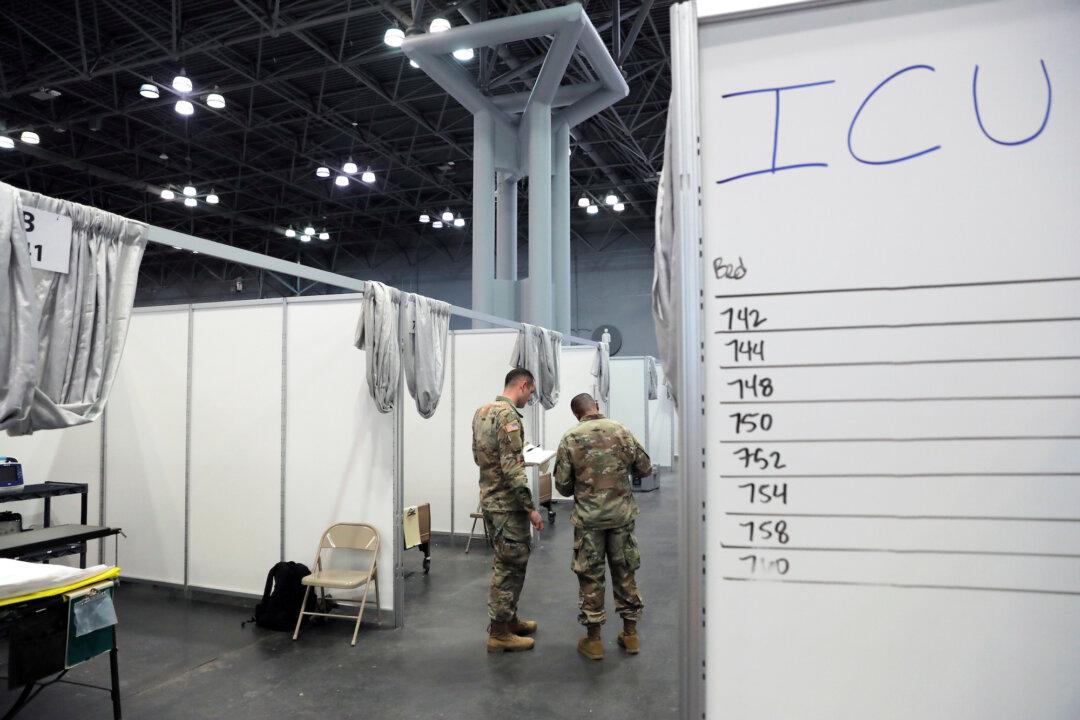The United States Army Corp of Engineers (USACE) is still building hospitals, with 40 field hospitals in total under construction or in the pipeline, as it continues to field requests from across the country.
USACE is coordinating the conversion of stadiums, convention centers, and dormitories into field hospitals to help tackle the crisis caused by the CCP virus.





